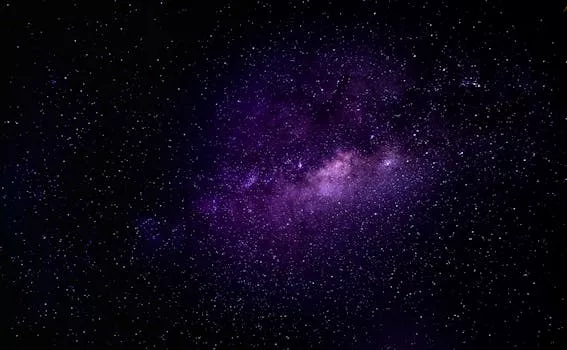
“
Beyond the Milky Way: Imagining New Worlds and Possibilities
Introduction to the Universe
Beyond the Milky Way: Imagining New Worlds and Possibilities is a journey through the vastness of space, exploring the latest findings and theories in astronomy and astrobiology. The Milky Way is just one of billions of galaxies in the observable universe, and each galaxy contains billions of stars and potentially habitable planets.
Exploring the Galaxy
The Milky Way is a barred spiral galaxy, consisting of hundreds of billions of stars, gas, and dust. At the center of the galaxy is a supermassive black hole, with a mass of approximately four million times that of the sun. The galaxy is thought to have formed around 13.6 billion years ago, during the early universe, and has been evolving ever since. To understand more about the potential of these galaxies, check out our post on Charting New Realms: The Journey of Imagination Beyond the Stars.
New Worlds and Possibilities
With the discovery of exoplanets, the possibility of life beyond Earth has become a reality. Astronomers have discovered thousands of exoplanets, some of which are located in the habitable zones of their respective stars, making them potential candidates for supporting life. The search for extraterrestrial life is an active area of research, with scientists using a variety of methods to detect biosignatures in the atmospheres of exoplanets. For a deeper dive into this topic, read our article From Stardust to Dreams: Imagining Life Beyond the Stars.
The Search for Extraterrestrial Life
The search for extraterrestrial life is a complex and challenging task, requiring the coordination of multiple disciplines, including astronomy, astrobiology, and geology. Scientists use a variety of methods to detect biosignatures, including the transit method, which involves measuring the decrease in brightness of a star as a planet passes in front of it, and the radial velocity method, which involves measuring the star’s wobble caused by the gravitational pull of an orbiting planet. This intricate process is essential for understanding our universe, as discussed in Soaring Through the Cosmos: The Power of Imagination Beyond the Stars.
Takeaways
The exploration of space and the search for extraterrestrial life are active areas of research, with new discoveries and advancements being made regularly. Some key takeaways from this journey include:
- The universe is vast and complex, with billions of galaxies, each containing billions of stars and potentially habitable planets.
- The Milky Way is just one of many galaxies, and our understanding of its structure and evolution is continuously evolving.
- The search for extraterrestrial life is a complex task, requiring the coordination of multiple disciplines and the use of advanced technologies.
- The discovery of exoplanets and the possibility of life beyond Earth has significant implications for our understanding of the universe and our place within it.
Conclusion
Beyond the Milky Way: Imagining New Worlds and Possibilities is a journey through the vastness of space, exploring the latest findings and theories in astronomy and astrobiology. The search for extraterrestrial life is an active area of research, with scientists using a variety of methods to detect biosignatures in the atmospheres of exoplanets. As we continue to explore the universe, we may uncover new worlds and possibilities, challenging our current understanding of the cosmos and our place within it.






